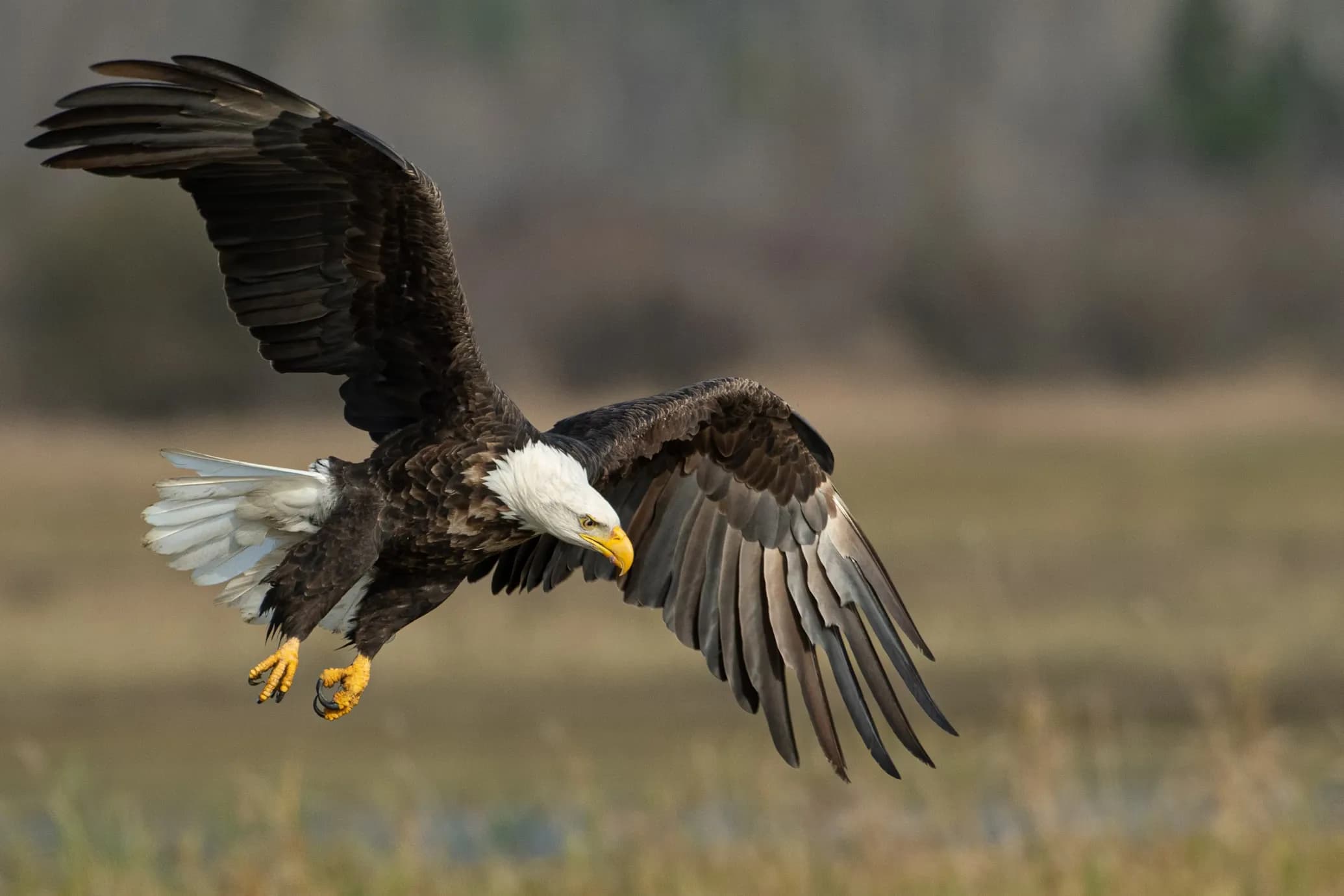
Bald Eagle

Red-crowned Crane
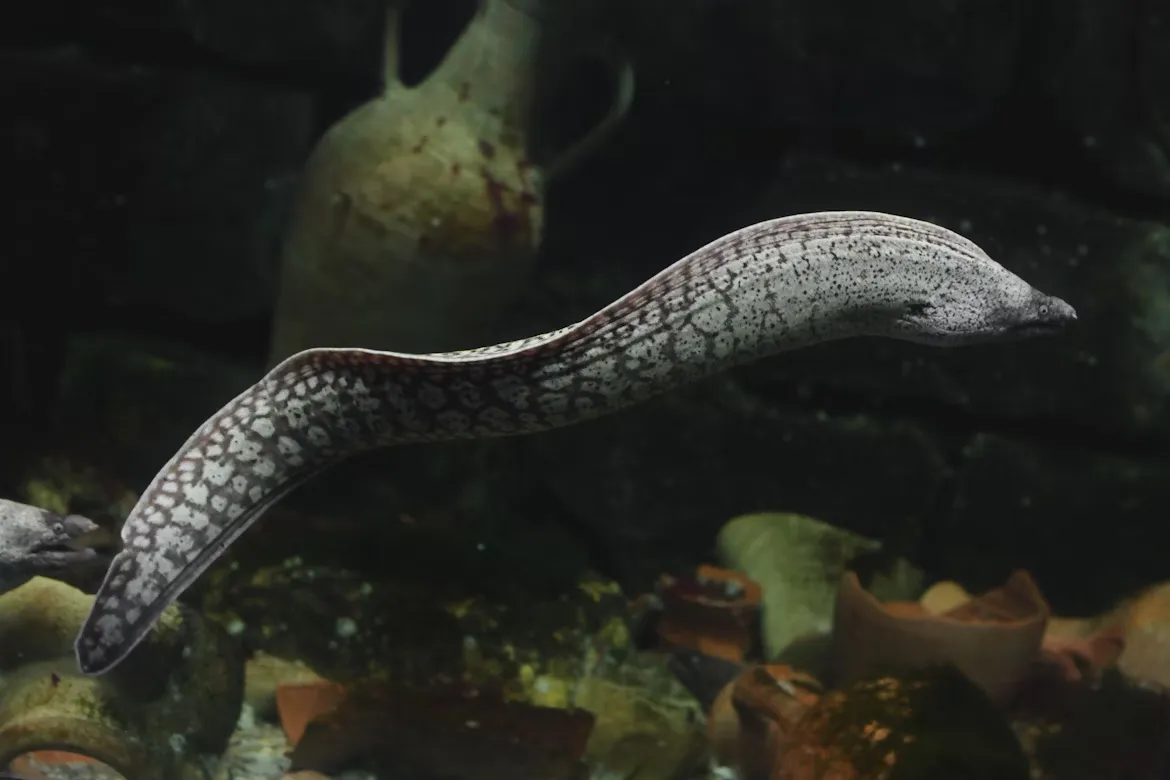
Eel
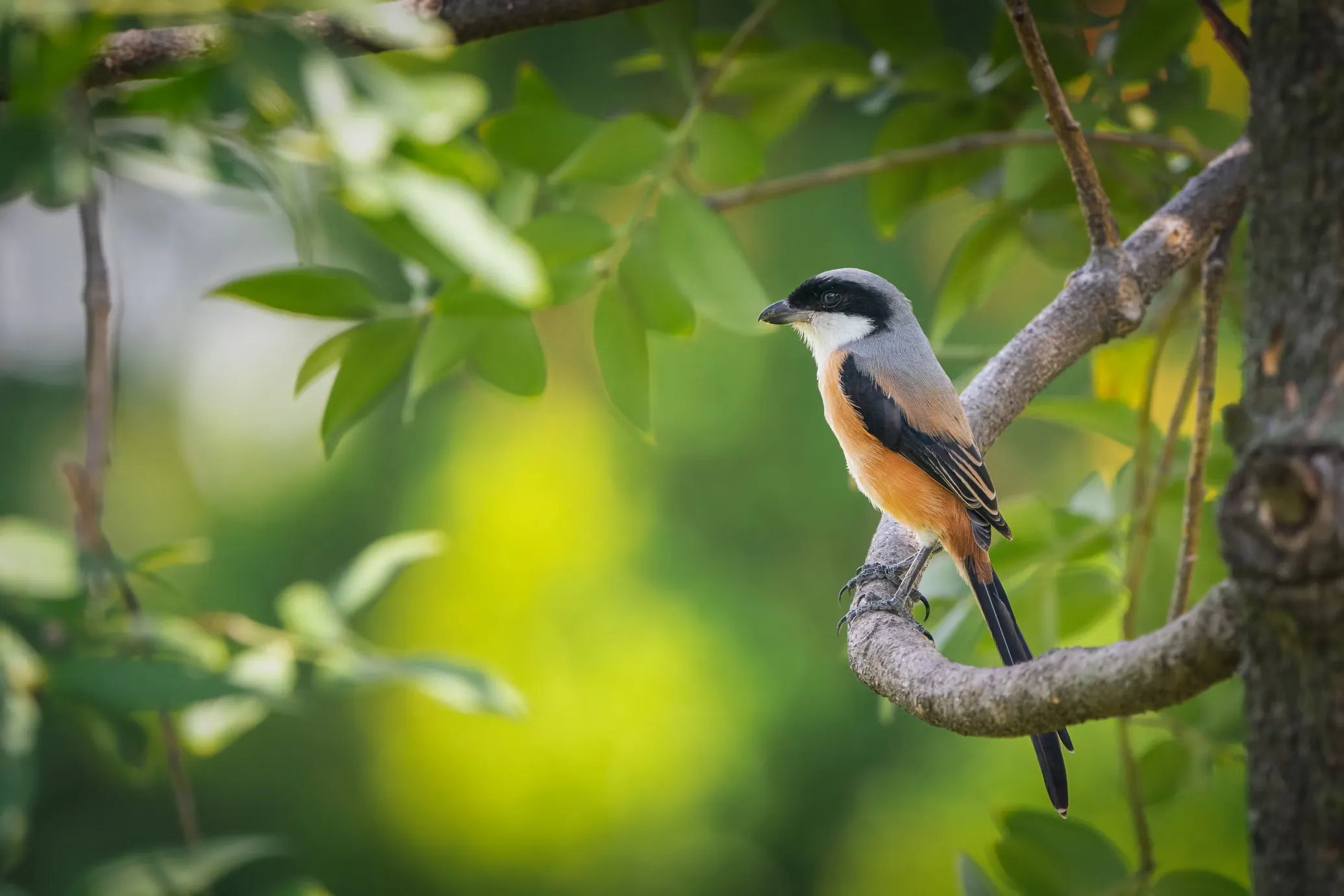
Shrike
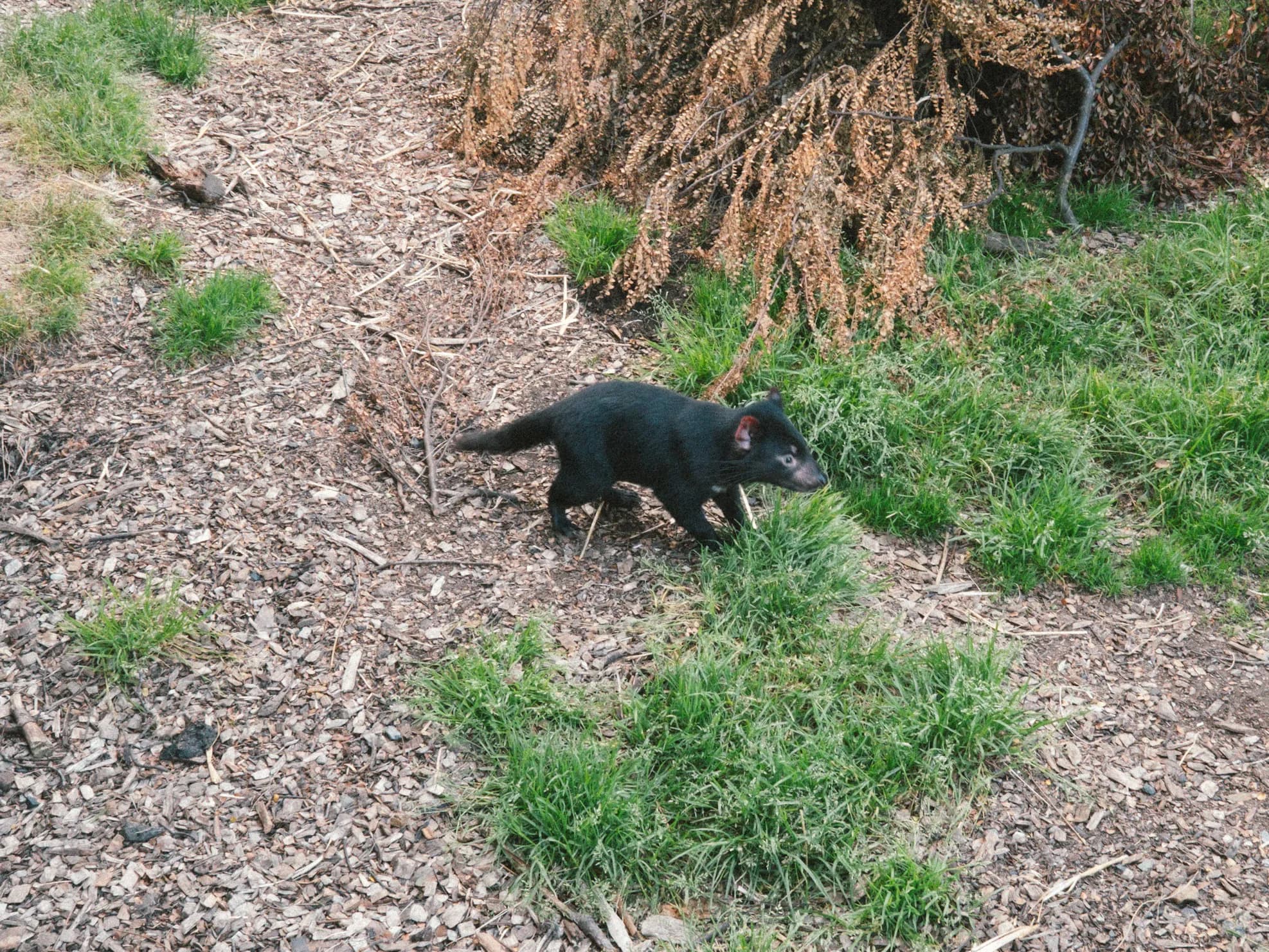
Tasmanian Devil
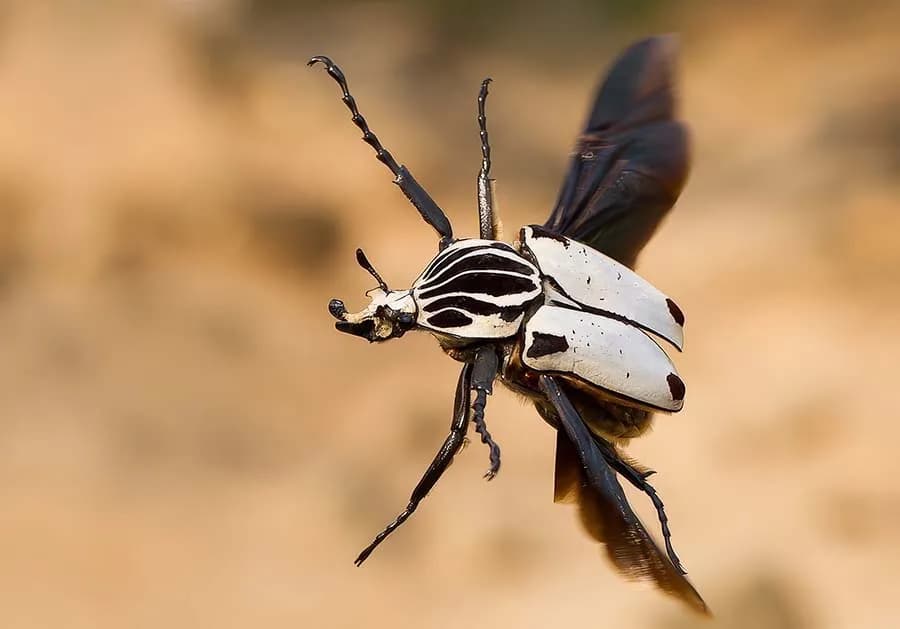
Goliath Beetle
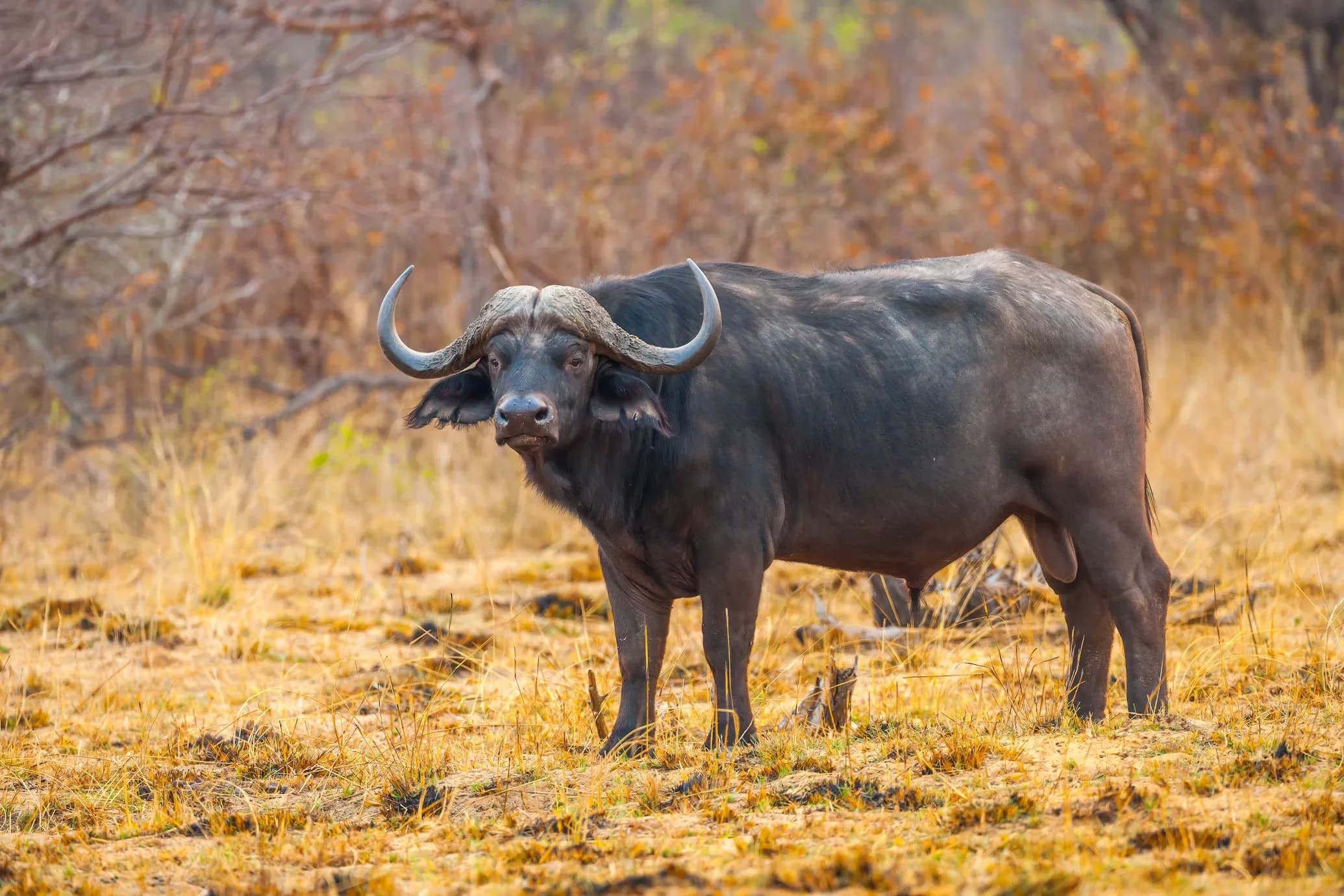
African Buffalo
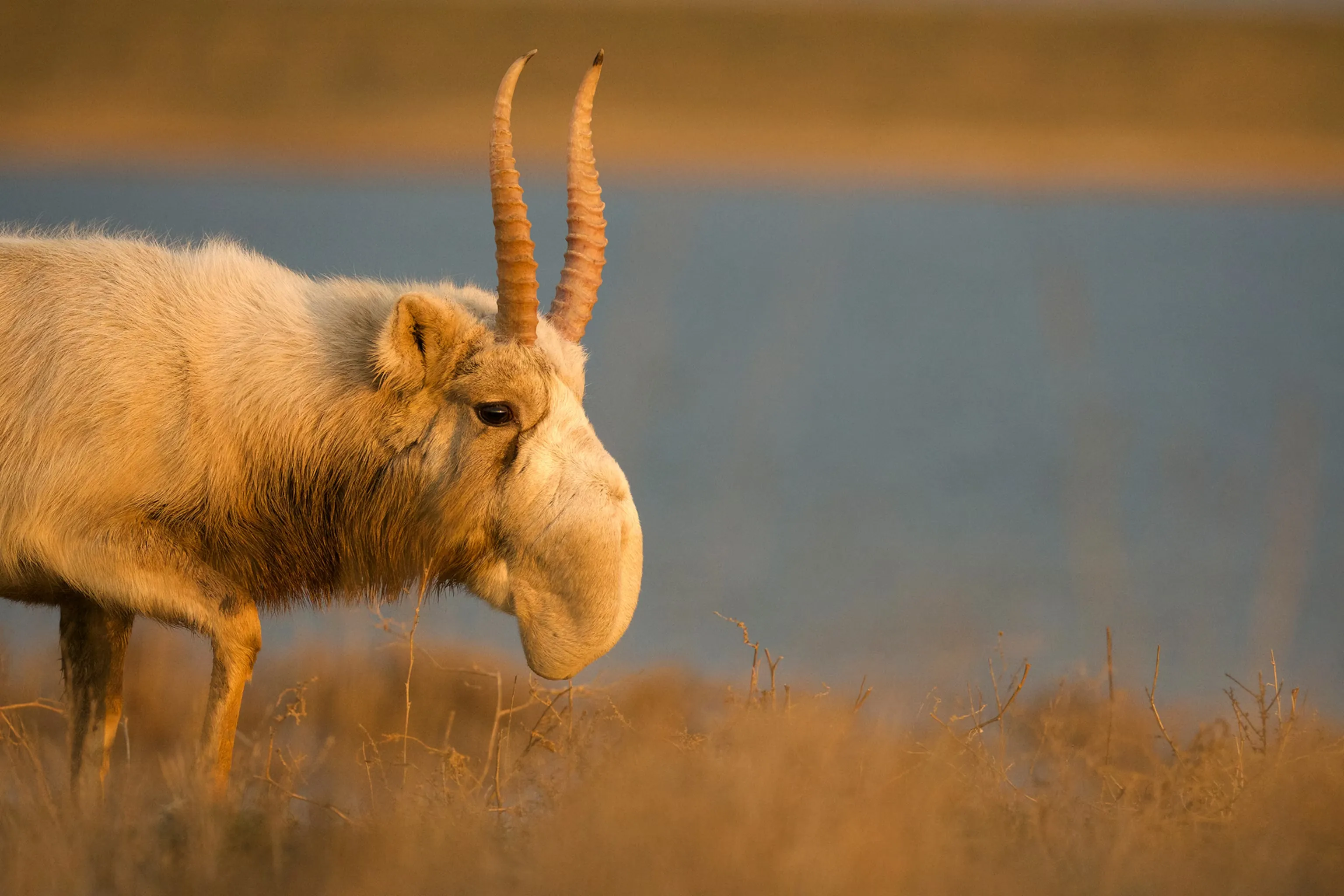
Saiga Antelope
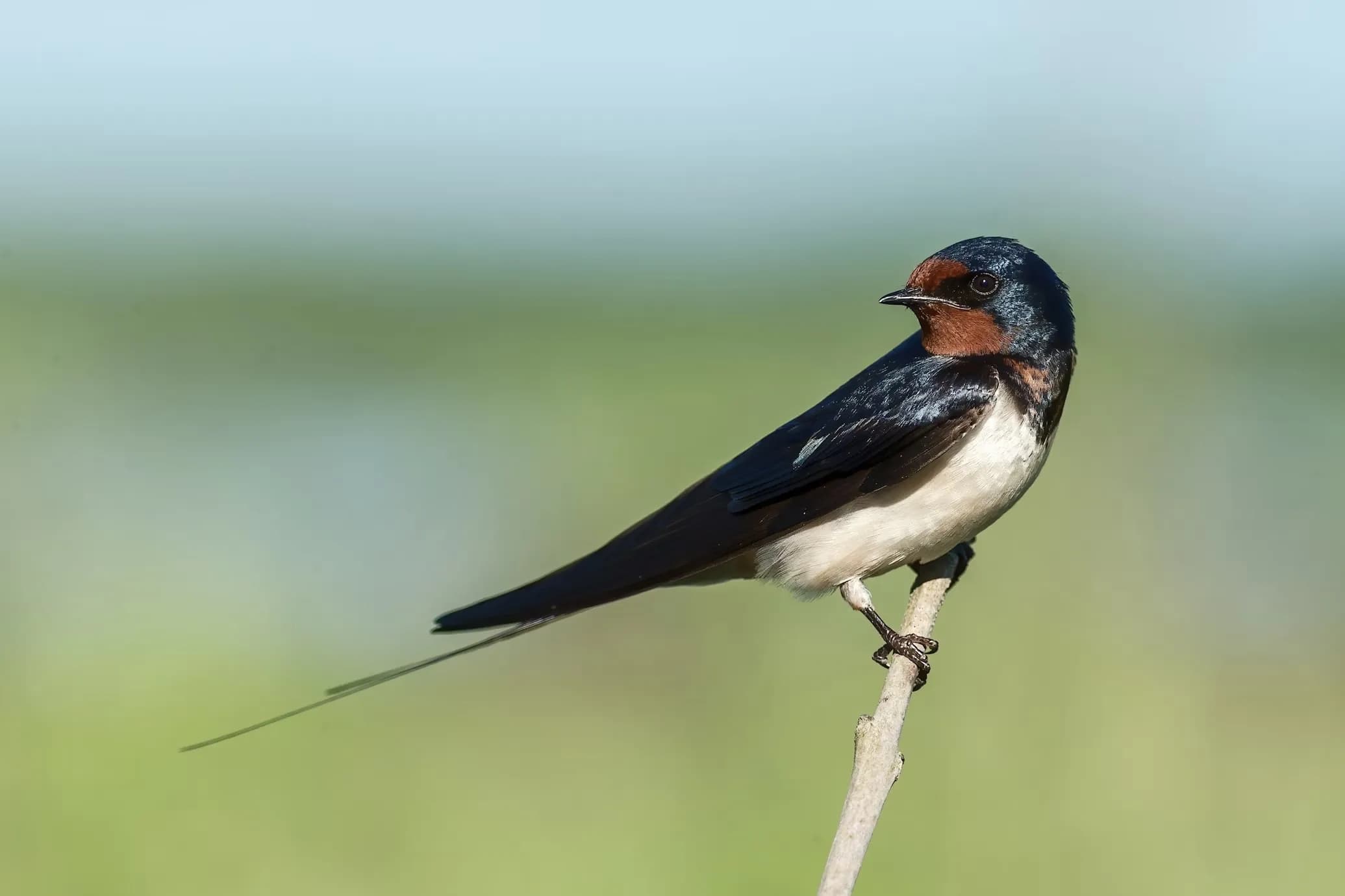
Swallow

Ladybug

Bandicoot
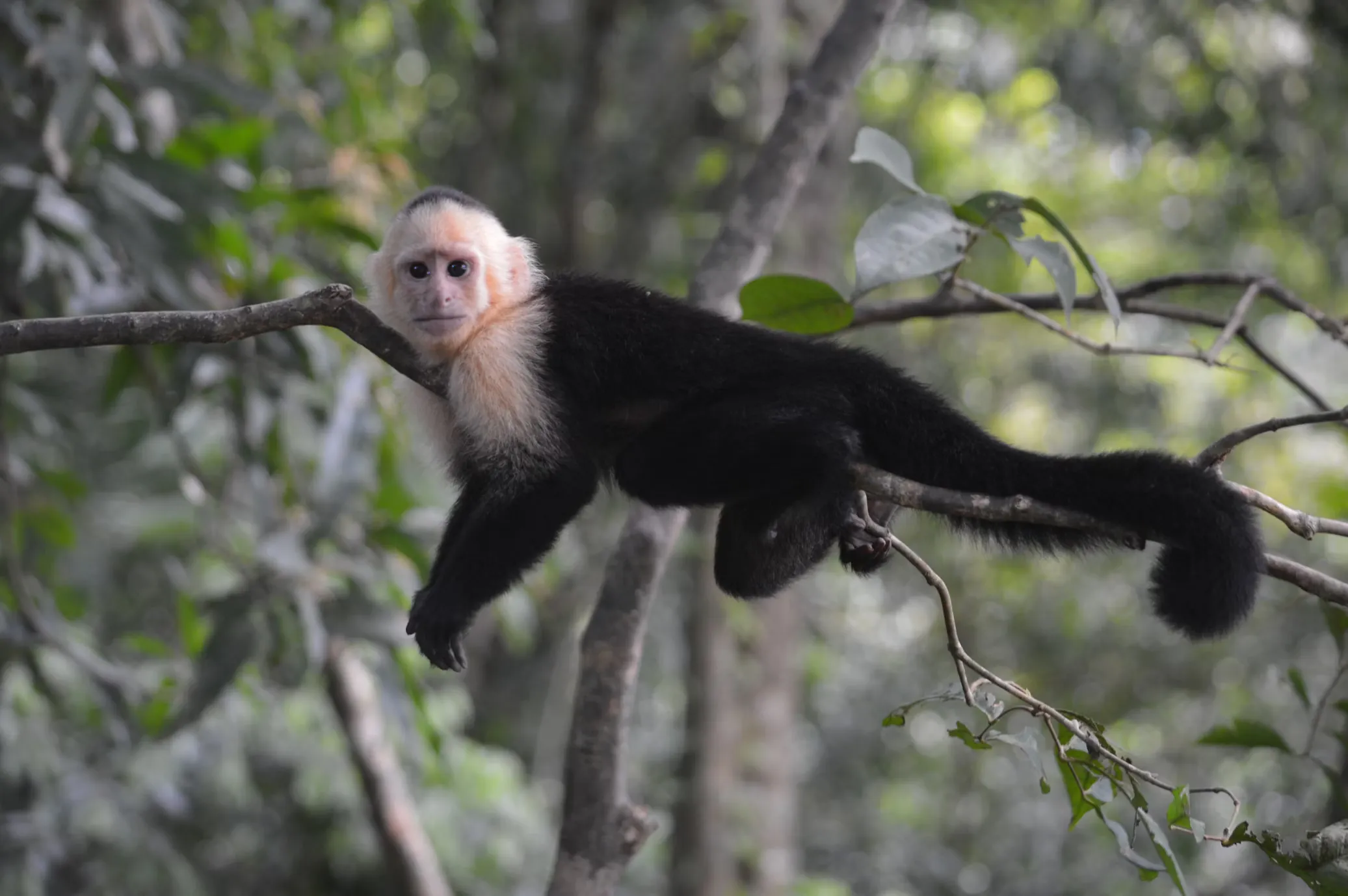
Capuchin Monkey

Axolotl
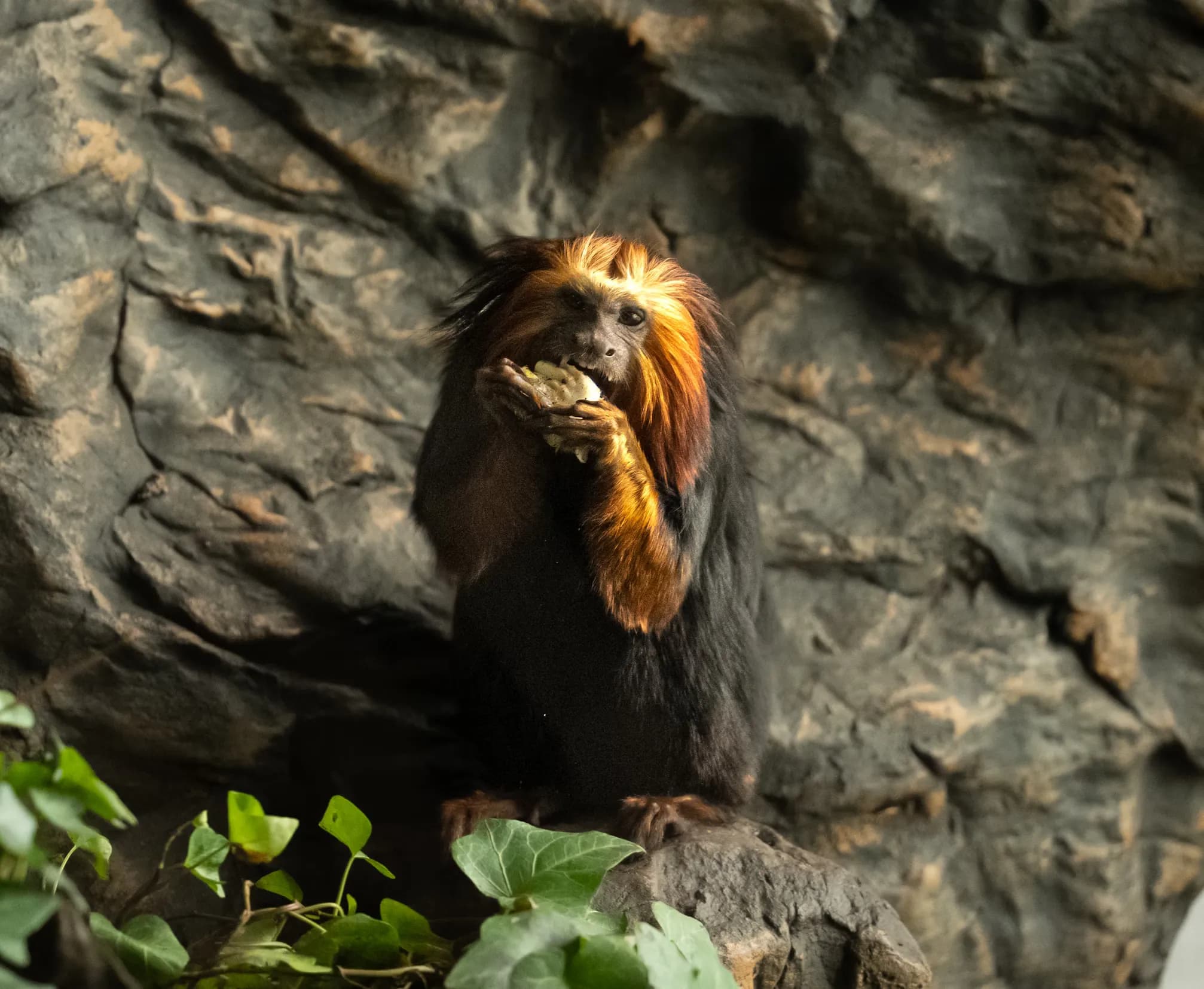
Marmoset
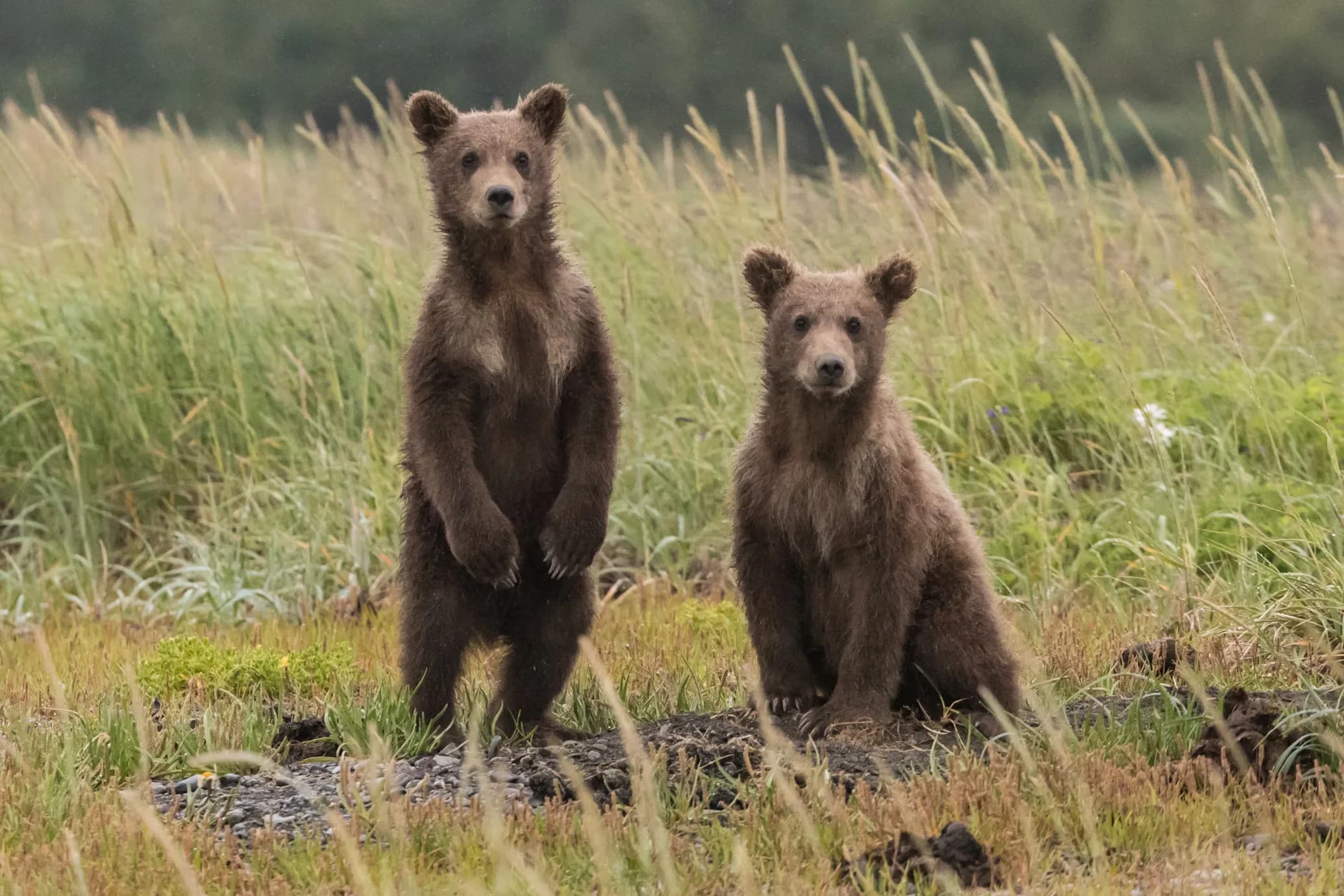
Brown Bear
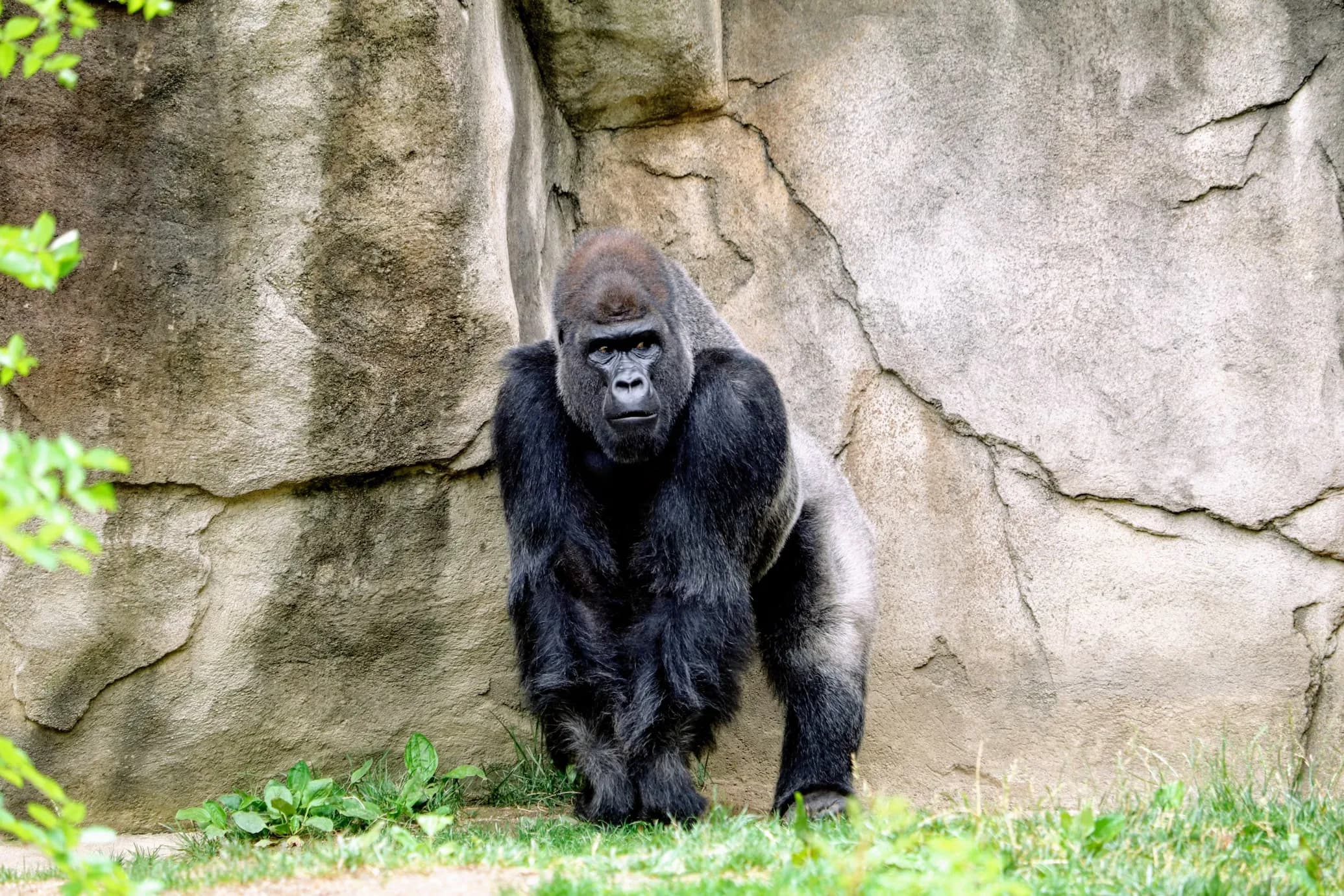
Gorilla
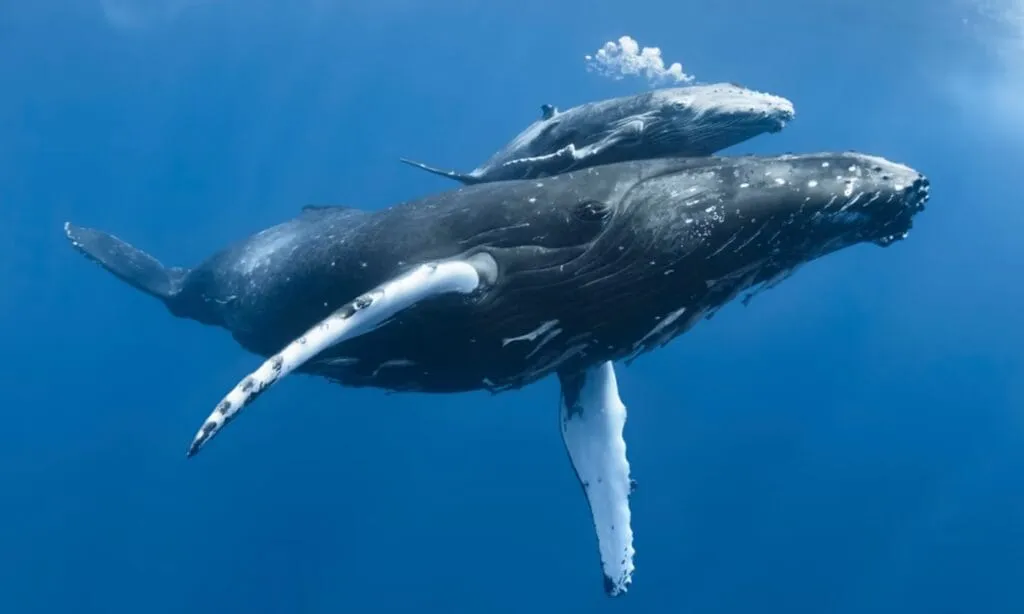
Humpback Whale
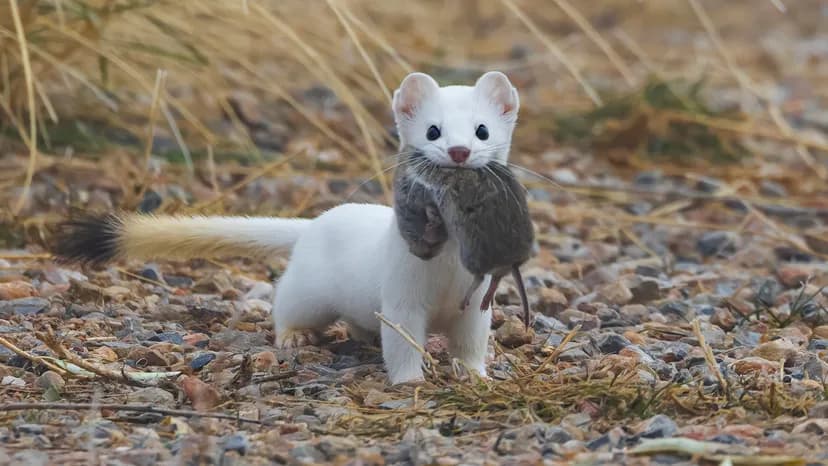
Stoat

Okapi

Lionfish
Animal Information
Bald Eagle (American Eagle, Bald Eagle (colloquial for '秃鹰'))
"The Bald Eagle is the national bird of the United States and has incredible eyesight, allowing it to spot prey from high altitudes."
Red-crowned Crane (Japanese Crane, Manchurian Crane)
"The Red-crowned Crane has a patch of bare red skin on its crown and is a symbol of longevity and good fortune in East Asian culture."
Eel (Freshwater Eel, Marine Eel (different species))
"Many eel species have migratory spawning habits; for example, European eels migrate to the Sargasso Sea to spawn."
Shrike (Butcherbird)
"Shrikes are small predatory birds known for impaling their prey (insects, small birds, etc.) on thorns, earning them the name 'butcherbird'."
Tasmanian Devil (Sarcophilus harrisii)
"Tasmanian devils are the largest living carnivorous marsupials, fierce with shrill calls, and primarily scavengers."
Goliath Beetle (African Giant Beetle)
"Goliath beetles are among the heaviest insects in the world; males are huge and feed on tree sap and fruit."
African Buffalo (Cape Buffalo)
"The African Buffalo is one of Africa's 'Big Five' game animals, known for its fierce temperament, large herds, and wide, connected horn bases."
Saiga Antelope (Saiga tatarica)
"Saiga antelopes have a large, inflatable, downward-pointing nose that filters dust and warms air; they are critically endangered."
Swallow (Barn Swallow (common))
"Swallows are known for their graceful flight and habit of building mud nests on human structures."
Ladybug (Seven-spotted Ladybug (common species))
"Ladybugs are beneficial insects, mainly preying on agricultural pests like aphids; their bright colors warn predators they are unpalatable."
Bandicoot (Peramelemorphia (order name))
"Bandicoots are small, burrowing marsupials with pointed snouts and partially fused toes on their hind feet, feeding on insects and plants."
Capuchin Monkey (Sapajou)
"Capuchin monkeys are intelligent, with prehensile tails, and are often considered among the most intelligent New World monkeys."
Axolotl (Mexican Walking Fish, Ambystoma mexicanum)
"Axolotls can remain in their larval form throughout life (neoteny), have powerful regenerative abilities, and are popular pets."
Marmoset (Common Marmoset, White-eared Marmoset)
"Marmosets are among the smallest monkeys, with long white or yellow ear tufts, and are highly social."
Brown Bear (Grizzly Bear (North American subspecies))
"Brown bears hibernate in winter, during which their heart rate and body temperature drop significantly to conserve energy."
Gorilla (Western Gorilla, Eastern Gorilla)
"Gorillas are the largest living primates, primarily herbivores, and generally gentle in nature."
Humpback Whale (Megaptera novaeangliae, Hump Whale)
"Humpback whales are known for their spectacular breaching behavior and complex courtship songs; their pectoral fins are exceptionally long."
Stoat (Ermine (in winter pelage), Short-tailed Weasel (some species))
"Stoats turn pure white in winter (tail tip remains black) to adapt to snow, known as ermine fur, once a symbol of royalty."
Okapi (Forest Giraffe, Zebra Giraffe)
"The Okapi is the only living relative of the giraffe, with zebra-like stripes on its legs, elusive, and known as the 'forest giraffe'."
Lionfish (Pterois, Turkeyfish (some colloquial names))
"Lionfish have venomous fin spines, are brightly colored with exaggerated forms, are popular ornamental fish, and also an invasive species."